The fallen leaves tell a story. In our home across the fog, the United Kingdom, Queen Elizabeth the Eternal is nowhere to be found and her family, demigods all, gather in the Abbey of Westminster. William, Prince of the Welsh. The ever-brilliant Kate Middleton. Camilla, the deathbed companion. The loathsome Andrew. And Harry, the lost Prince o’er the seas.
And one other, whom grace will soon bless. A son of no renown, King Charles III, who will stand before the ancient Archbishop, and become the Elden King!
But to be anointed with the might of Kingship, Charles requires ancient mystical objects to confer their magical powers on him. So, adventurer, can ye set foot into the cursed wastelands of the United Kingdom and retrieve them?
The Stone of Destiny
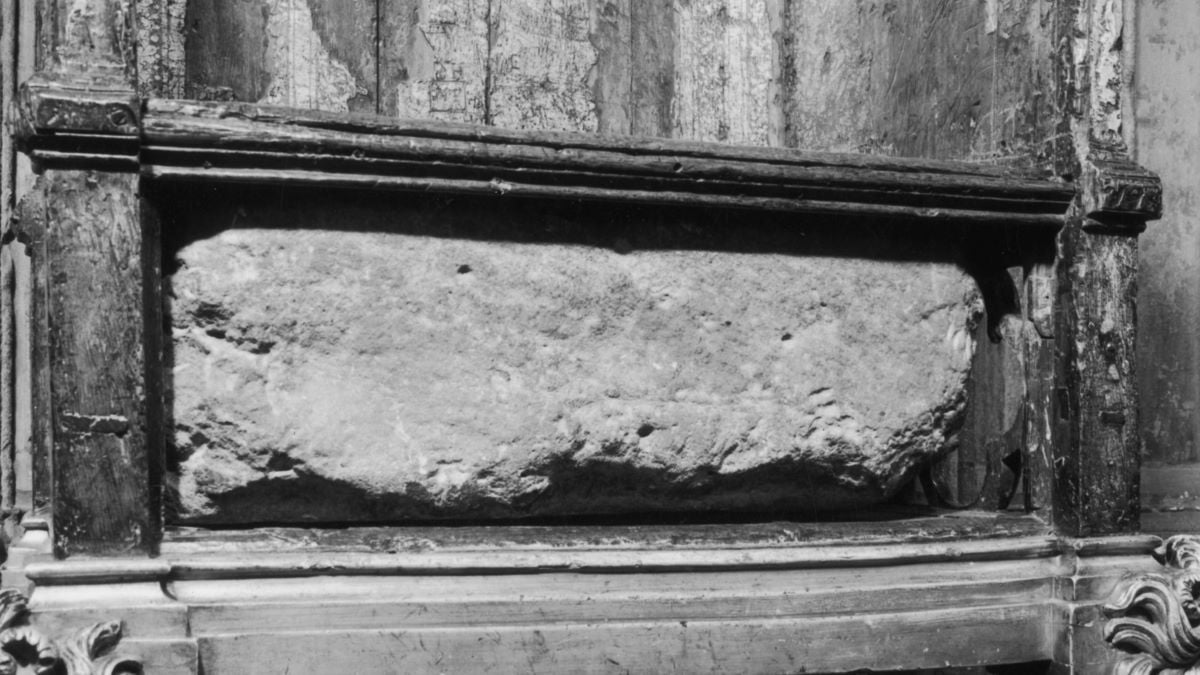
Hewn from red sandstone, this magical rock is known to some as Jacob’s Pillow, others as the Tanist Stone, in legend as the Stone of Scone, and to those above the wall as’clach-na-cinneamhain. Its origins are shrouded in mystery. Some say this is the Biblical Stone of Jacob imbued by godly power in Genesis. Still, others believe it to be the magical Lia Fáil, stolen from the Irish in times past. Others darkly mutter that it was torn from the foundations of the Bloody King Macbeth’s Castle in Dunsinane.
More practical minds dismiss it as a simple rock of no legendary provenance. And yet, no King or Queen of this cursed Isle can reign without the mystical Stone of Destiny confirming their divine rule.
The Coronation Chair
![he Coronation Chair, known historically as St Edward's Chair or King Edward's Chair, is a wooden throne on which the British monarch sits when he or she is invested with regalia and crowned at the coronation. From Old England: A Pictorial Museum of Regal, Ecclesiastical, Municipal, Baronial, and Popular Antiquities, edited by Charles Knight. [James Sangster and Co., London, 1864]. Artist Unknown. (Photo by Print Collector/Getty Images)](https://wegotthiscovered.com/wp-content/uploads/2023/05/GettyImages-624163604.jpg)
This wizened wooded throne was created by King Edward I, known as Edward Longshanks for his mighty stature and reputation as “The Hammer of the Scots” for his crushing of the army led by the warrior William Wallace. It houses the Stone of Destiny, though its oaken frame has been “mutilated” by centuries of use. The wood is studded with hundred-year-old nails beaten into it by those attaching fabric, with pieces torn away by Victorian tourists for their own amusement. The seat itself is adorned with graffiti: “P. Abbott slept in this chair 5-6 July 1800,” likely carved by a mischievous child seeking some form of immortality.
The five enchanted swords
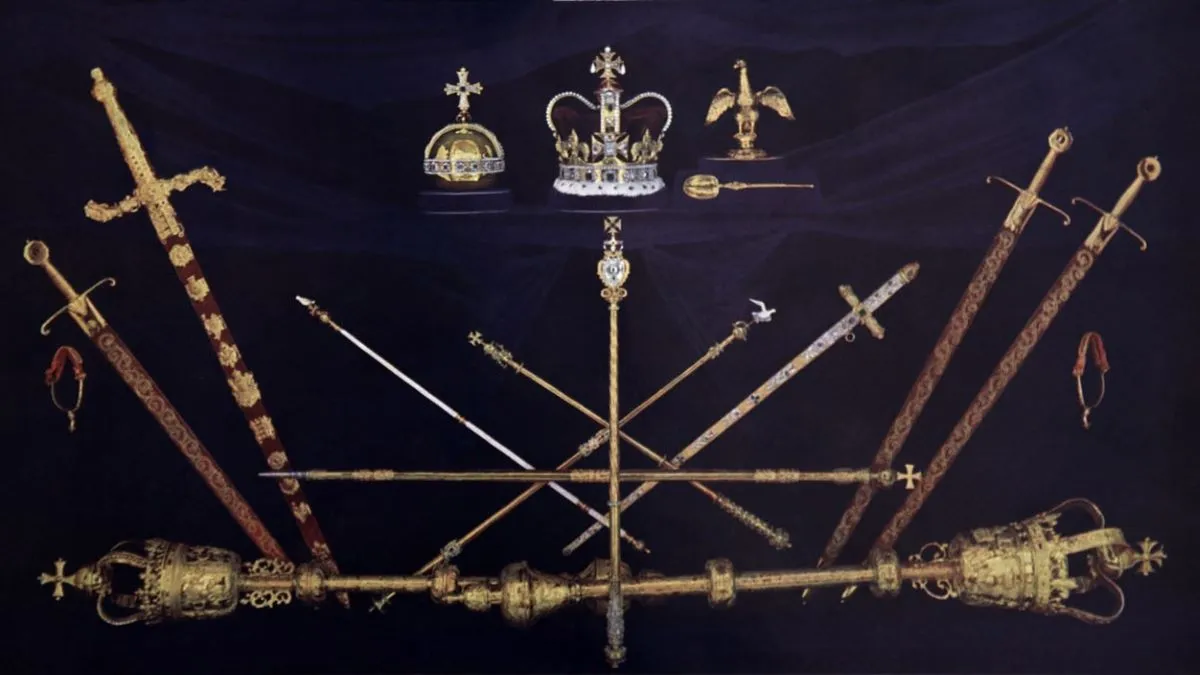
No Monarch of England can be crowned without the presence of these magical blades, gathered by his minions, protected by his mightiest warriors, and wielded by his closest allies.
They are: The Sword of Temporal Justice, which grants the King dominion over military might; The Sword of Spiritual Justice, representing his role as the Defender of the Faith; The Sword of Mercy (also known as Curtana), to symbolize his beneficence; The Sword of State, symbolising his divine authority; and the jewel-encrusted Sword of Offering, whose blade is forged from Damascus steel.
The Supertunica and colobium sindonis
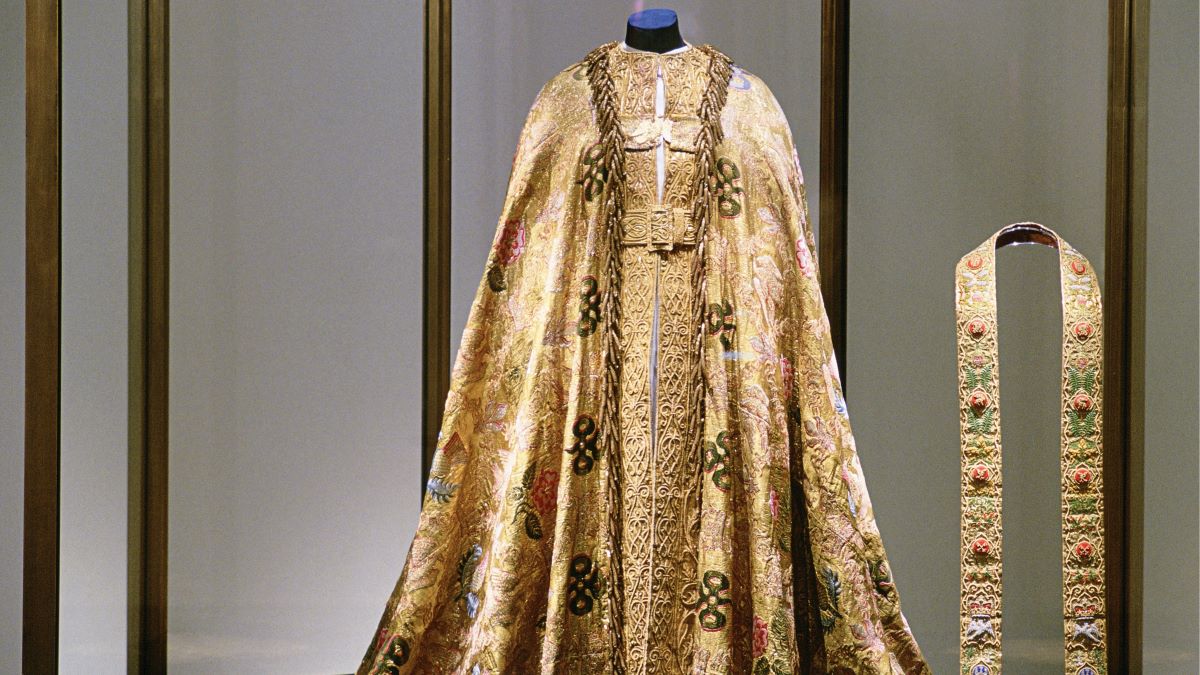
Inspired by the ancient Emperors of Byzantium, the Supertunica is a coat woven of purest gold silk which demonstrates the lands over which the King holds true dominion. Many Supertunicae have appeared over the years, though Charles’ was first drawn into being by his Great Grandfather King George V, and every crowned Windsor has donned it at their ceremonies.
Beneath the fabulously glittering gold Supertunica, and below the myriad jewels torn from lands sundered by Empires past, lies the colobium sindonis. This simple linen garment is said to show the abandonment of vanity, and allows the monarch to stand symbolically naked before his divine Creator
The Sacred Chrism and Coronation Spoon
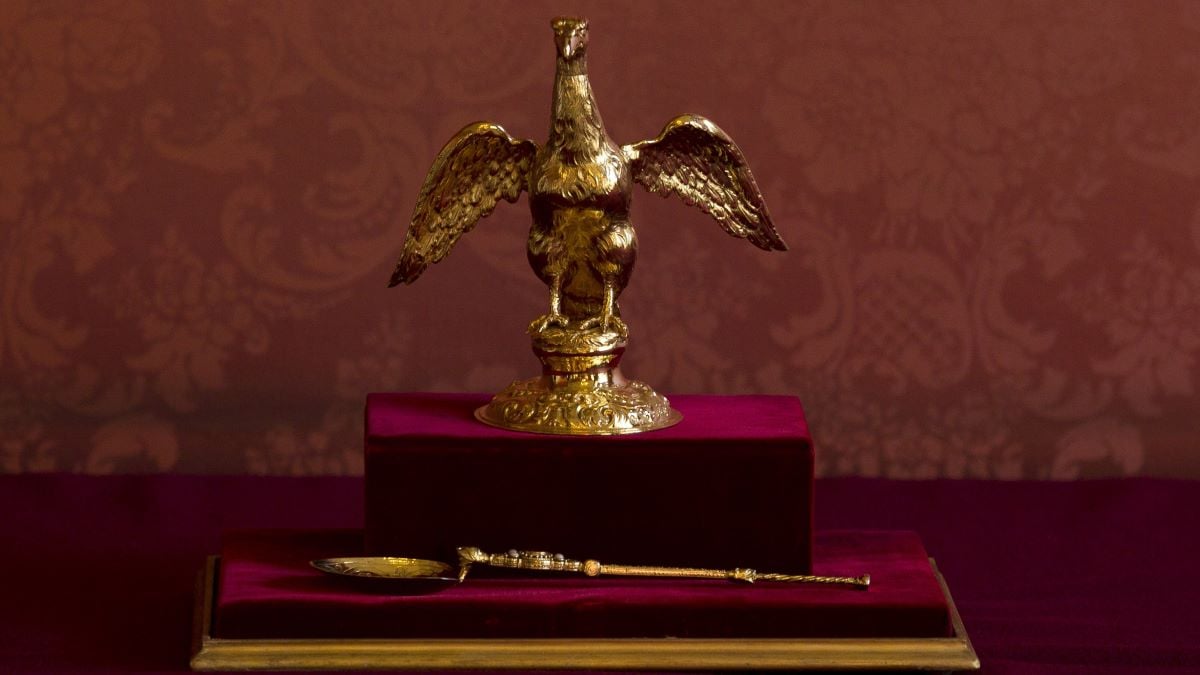
The most secretive moment of the ceremony arrives when the King is anointed with a magical substance known as Chrism. This sacred oil is traditionally drawn from the guts of an oceangoing behemoth and the anal glands of the cunning cat-like creature known as the Civet. Charles has broken with tradition by abandoning the destruction of rare creatures for their bodily fluids, though his sacred Chrism may have a darker origin still.
This Chrism will be derived from olives harvested from atop the grave of his grandmother Princess Alice, whose body lies beneath the soil of the Mount of Olive’s Monastery of Mary Magdalene in the ancient holy city of Jerusalem.
This “oil of the dead” will be poured from the mouth of an eagle into an 800-year-old golden spoon, with the Archbishop pressing substance into the King’s hands, breast and head in an emulation of the Old Testament Zadok the Priest.
The Sovereign’s Orb
![The Sovereign's Orb was commissioned for the coronation of Charles II (1661). The Queen Mary II's Orb was commissioned for the coronation of Mary II (1689). They are part of the Royal Collection at the Tower of London. From The Crown Jewels, by Martin Holmes FSA. [Her Majesty's Stationery Office, London, 1953]Artist Unknown. (Photo by The Print Collector/Getty Images)](https://wegotthiscovered.com/wp-content/uploads/2023/05/GettyImages-918918290.jpg)
This 400-year-old golden orb will be clutched by the King in his right hand, symbolically showing his grasp upon the Christian World and underlining that his powers are derived from Divine Authority. Despite symbolizing a humble religion led by a carpenter the orb is studded with 365 diamonds, 375 pearls, nine emeralds, 18 rubies, and nine sapphires, meaning its true value cannot be estimated. Like many Coronation objects it is held deep within the Tower of London behind meter-thick steel doors, only to be removed for the highest ceremonial functions.
St. Edward’s Crown
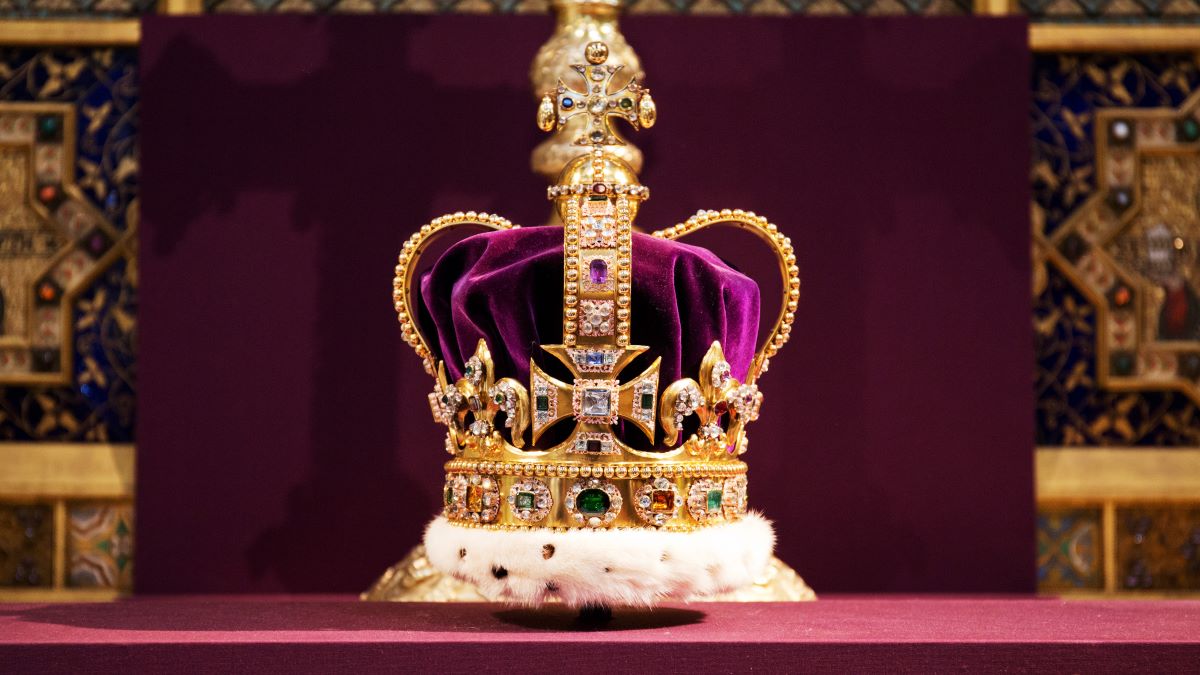
There are many crowns in the possession of the Royal Family, though none are more important than St Edward’s Crown. Hailing from 1661, it’s said to be formed from the shattered fragments of previous crowns and was designed to be an extravagant and mighty creation to impress upon those who see it true majesty of the British Monarch.
It is formed of 22-carat gold and features 444 precious stones, including tourmalines, jargoons, spinels, and a carbuncle. Upon the death of Queen Elizabeth, this was removed from the Tower of London to be hammered into a new shape befitting the skull of Charles, lest the crown slip and the nation be symbolically doomed.
And so, as the damned wretches of the United Kingdom gather to cry public allegiance to their new Monarch, these magic items must finally be gathered ‘neath the Gothic arches of the ancient Abbey to confer the might of Kingship upon him.
But, some darkly wonder, will the new King Charles forever reign in the shadow of his deceased mother and will the swirling betrayal of his family consume him?
But that, adventurer, is a story for another time.

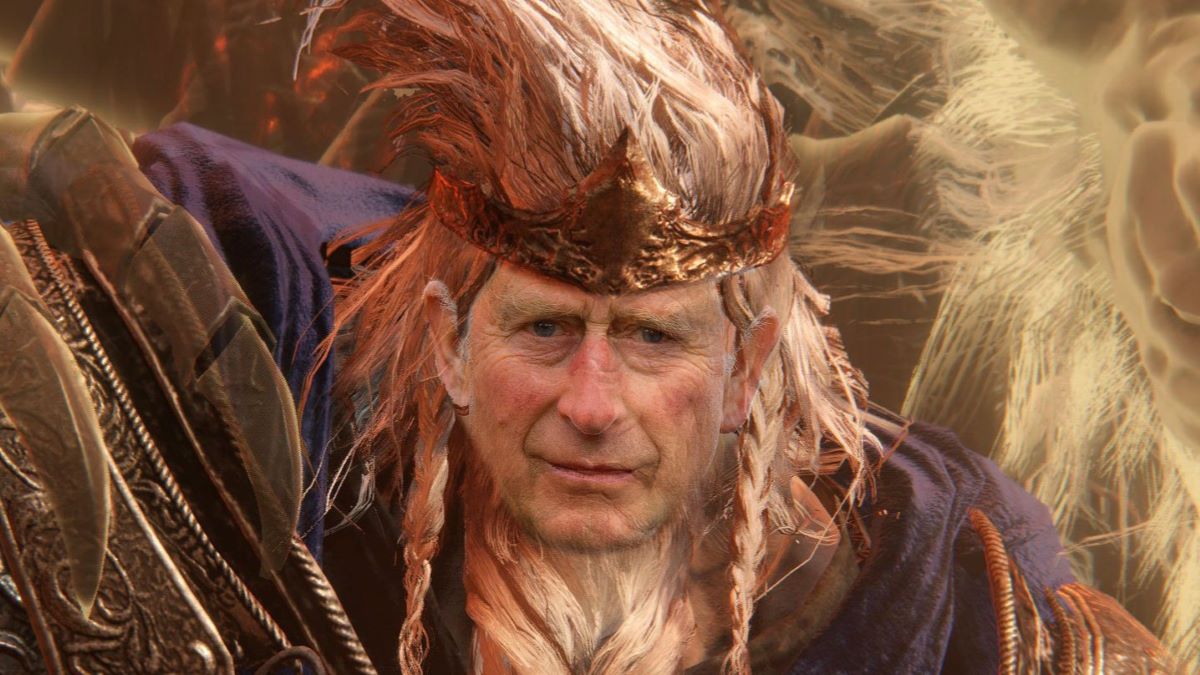
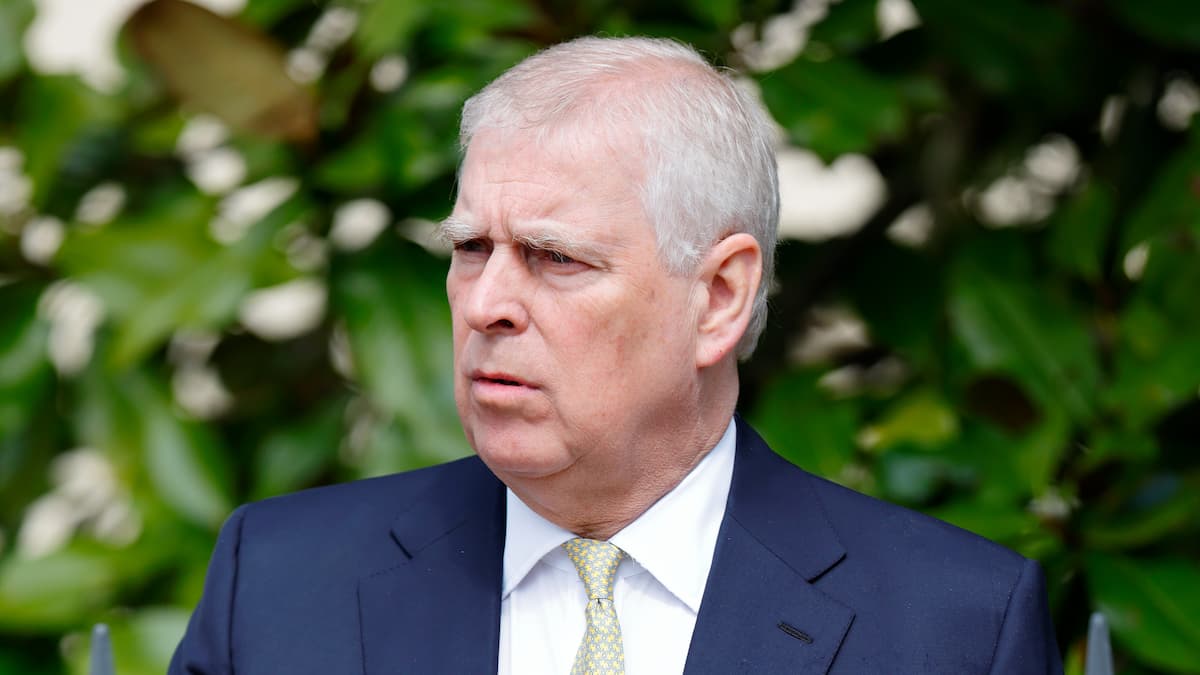

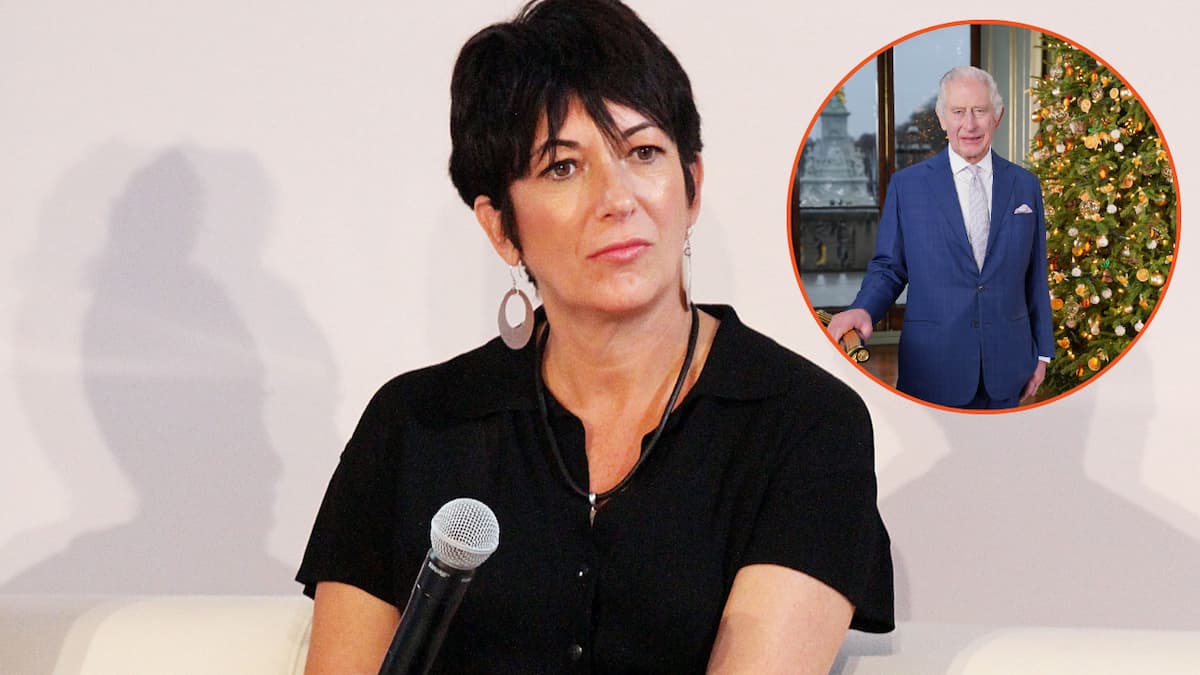
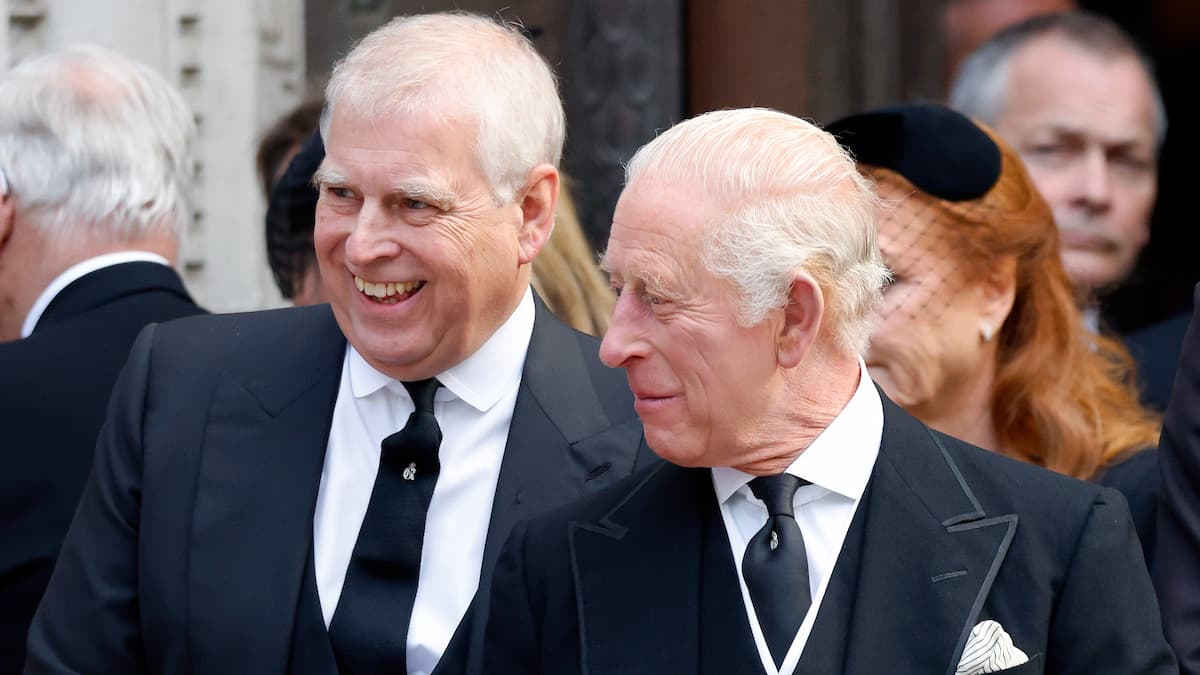

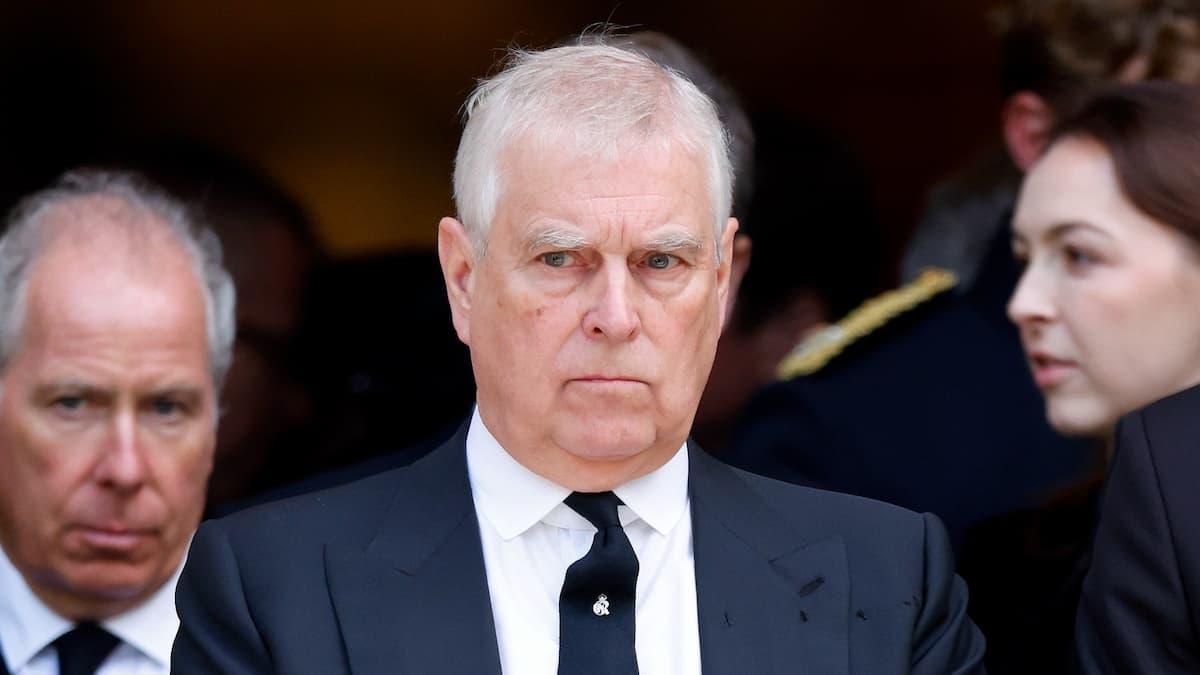
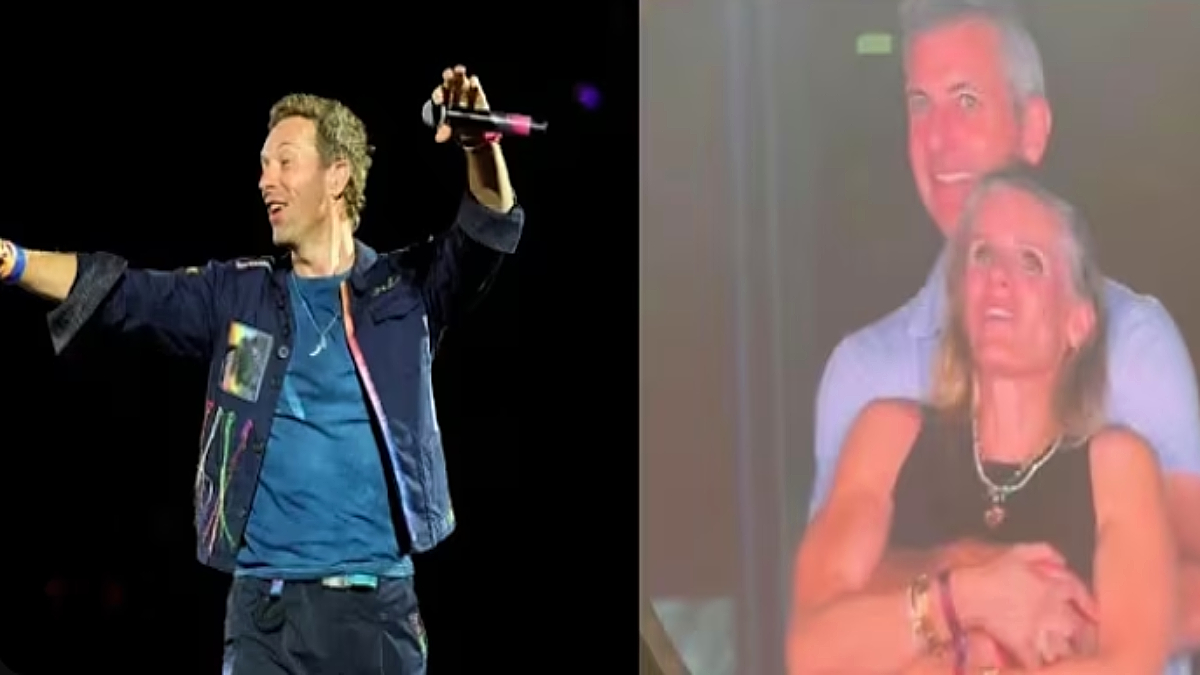
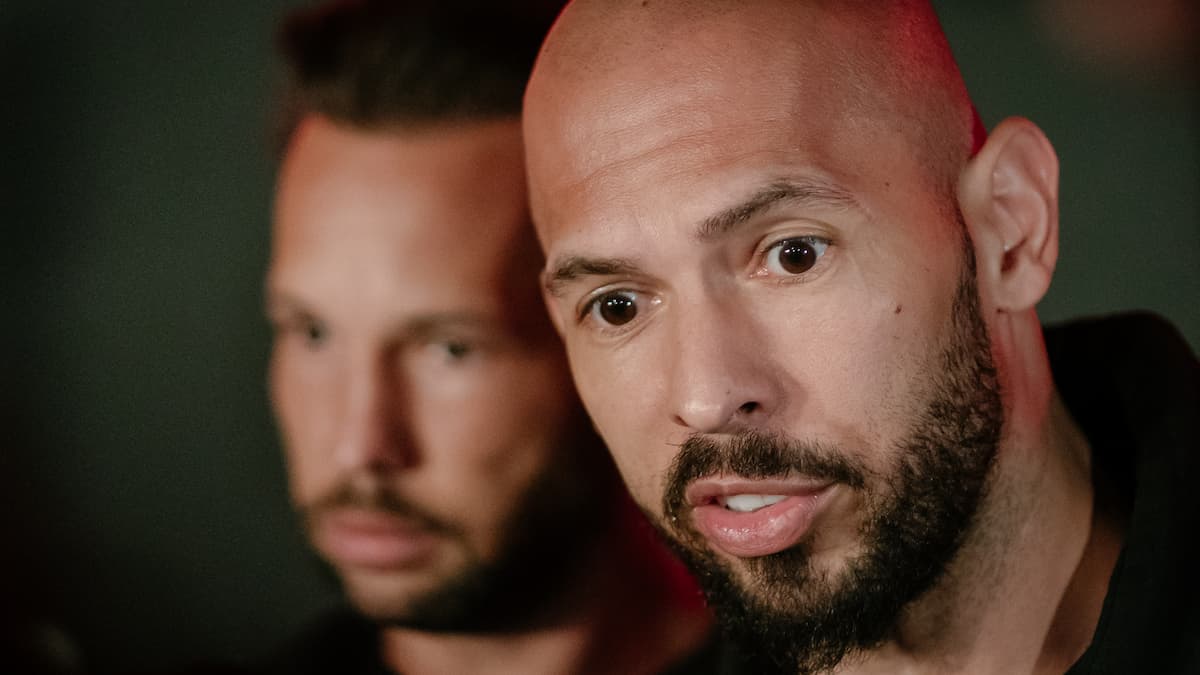

Published: May 1, 2023 04:47 am